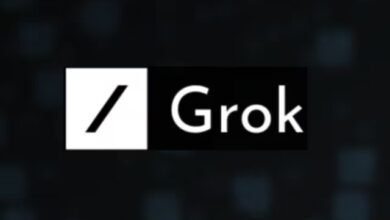Missing calls from debt collection agents and having trouble connecting the number to your bank account? It’s possible that your cellphone number is recycled
Receiving a bogus call from debt collectors? It’s possible that you’re using an old cell phone number! More than one crore recycled cellphone numbers are released into the market by telecom firms each month. These numbers were formerly in use by people who stopped using them after a certain amount of time or by not charging them. These numbers are subsequently opened to new subscribers.

As a result, someone who just got a new phone connection can get a call out of the blue from a bank recovery agent.
As an alternative, if your new phone number is already linked to someone else, you could have trouble using it to access your bank account or UPI.
According to an ET article by Kiran Rathee, “this is a clear indication that the individual may have been assigned a recycled mobile number by the telco, which was used by another person until a few months prior.”
Regulations provide that if a customer’s mobile number is not used or recharged for six months, telecom operators have the right to take it back. When it comes to mobile number portability (MNP), the number will be removed after two months if the consumer has made the request to port but hasn’t switched to a new provider.
Since numerical resources are limited, an infinite distribution is not possible. Reusing current resources is necessary since the demand for mobile numbers is growing quickly, an official told the Financial Daily.
Although the provision of recycled numbers is required by law, it often creates needless hardship for the new client, who must get in touch with many agencies, including banks, in order to disconnect the former owner’s data.
For both landline and mobile services, the Department of Telecommunications (DoT) issues numbers as part of the numbering system from levels 1 through 9. Level ‘9’ used to be the starting point for mobile numbers, but as demand for mobile services has grown, levels 8, 7, and 6 are now also being used.
The Department of Telecommunications (DoT) allotted 191.7 crore of numbering resources in total for mobile services across levels 6 to 9 in November 2019. As of the end of February, India had over 116.5 crore mobile phone customers, with 87.7 crore of them using wireless broadband, according to the industry regulator. The nation’s teledensity as a whole was 83.27%.
Major telecom companies, including Vodafone Idea, Reliance Jio, and Bharti Airtel, did not respond to inquiries about recycled cellphone numbers. The Department of Technology (DoT) has assigned a unique 13-digit numbering series for machine-to-machine (M2M) services.
But officials stress that the problem isn’t recycled statistics; rather, it’s a lack of collaboration across different agencies. For instance, the user base loses the corresponding KYC (know your customer) information when a consumer cancels their cellphone number. The KYC data is saved for when a new individual is given the same number. But since the database isn’t linked to e-commerce sites, banks, or UPI, the new user has to manually update their information.
A telecom executive said, “There isn’t a single platform where the information can be shared with all the stakeholders.”
The government is aware of this issue and has created the Digital Intelligence Platform (DIP) to help with coordination amongst the several parties involved. The DIP will be helpful in preventing financial fraud and cybercrime by controlling recycled numbers and reducing the abuse of telecom resources.







